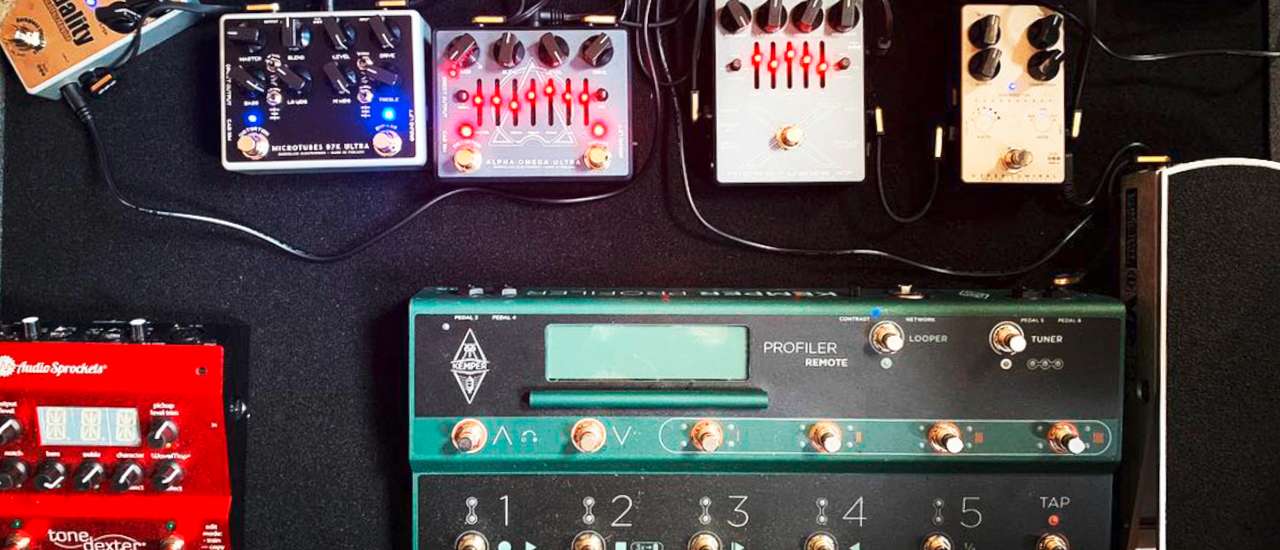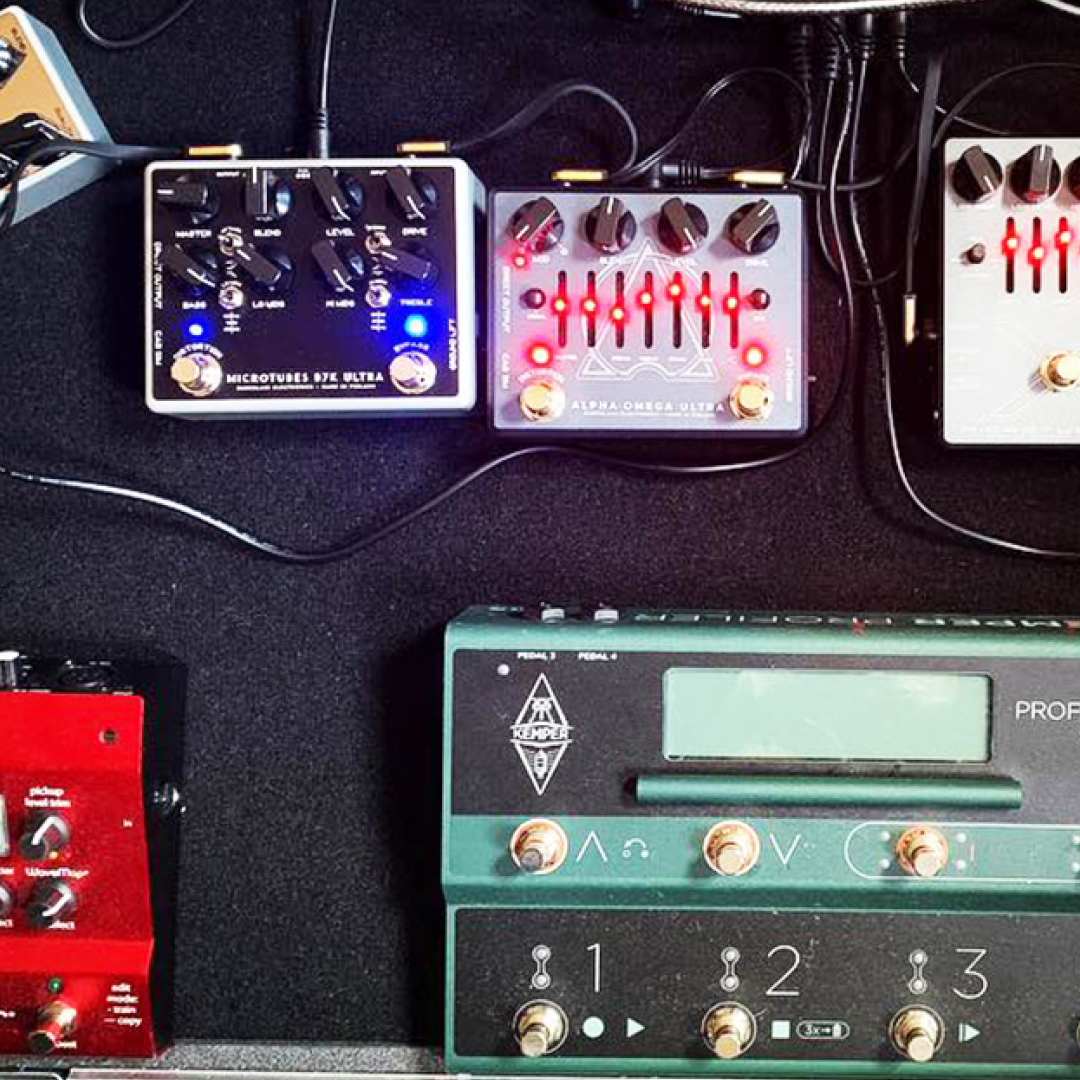Another cause of humming on stage, in the rehearsal room and anywhere a lot of current and audio signals flow is electric smog. Every current in a current carrier (conductor) generates a magnetic field. Many people colloquially refer to this magnetic field as 'electric smog'. This electric smog affects audio signals if they are close enough, because it mixes with the transported audio signal and therefore becomes audible.
Electric smog can also indirectly cause humming. The magnetic field can scatter into the capsule, more precisely into the coil of a microphone, and thus create a hum. Example: a dynamic microphone is placed in front of an amplifier. Its power supply unit emits electric smog. This electric smog is converted into audible noise in the microphone and transmitted to the PA system.

